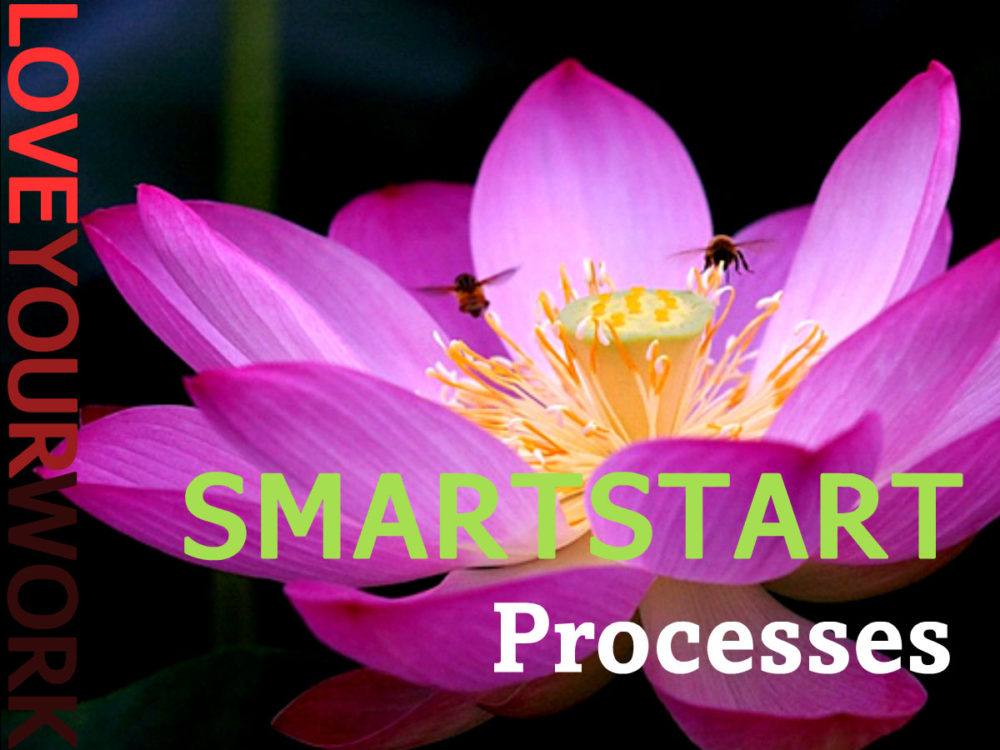
Ideas can be life changing. The trick is to keep them constantly flowing!
Need help birthing new ideas?
This 5-step process was originally published in 1939 as A Technique for Producing Ideas by James Webb Young. It stands the test of time and is worthy of incorporating in your own work as a best practice.
1: GATHERING RAW MATERIAL
The essence of creation is first, you must have an idea. What you do with that idea and its potential for growth have yet to be explored.
The sources of raw material are endless but gathering it pro-actively and systematically is not as simple as it sounds. Most people avoid doing this work choosing instead to wait for inspiration to strike. However, it is more productive to grow your fascination with the unknown and to develop your curiosity for learning more about it.
Constant exposure to ideas is a sure way to keep them flowing in your own life and work. Building a pool of raw material to draw on from which to make new combinations and enhancements is the first step in generating new ideas for product and business development.
2: DIGESTING THE MATERIAL
Once you’ve gathered different sources of raw material, examine the bits and pieces from multiple perspectives. There are unlimited ways to combine components and all the elements that make something great. One (and possibly more than one) of those ways, will come together in a way that is the perfect fit for you and your business. But until you experiment with looking at different options for their combination, you limit the possibilities — perhaps unfairly so.
3: UNCONSCIOUS PROCESSING
The third step in the process is my favourite and absolutely essential to a great result. You must hand off the problem or challenge you are trying to solve to your unconscious mind and let it do the heavy lifting for you in bringing the idea to life.
For some of you, that will mean letting yourself sleep on it until clarity arrives; for others it may mean distracting yourself with other activities while the idea churns away in the recesses of your mind while your imagination and emotions are otherwise occupied.
4: THE AHA MOMENT
When you allow yourself to trust in the ability of the unconscious to process the idea further and let go of consciously working it to death in your mind then, when you least expect it, you are certain to be hit with that miracle known as the AHA moment. This is when the idea makes itself known. Suddenly, seemingly out of nowhere, you know exactly what to do next and why.
5: IDEA MEETS REALITY
Of course, having an idea and bringing it to life are two different things. At this stage, you must deal with practical concerns and other realities. This point, where the rubber meets the road, is where many ideas are lost or abandoned. However, it is also the stage where your idea can be expanded, adapted and improved beyond imagination, particularly if you are secure enough to fearlessly share it with others and remain open to how it might be improved upon.
When you submit your idea for evaluation by others, possibilities you were unable to see for it come to light in their criticism. You don’t have to apply every suggestion for change offered. But you can (and should) give all due consideration at the very least. Your idea may be a diamond in the rough that simply needs a little polishing to shine its best and brightest.
By the way, you should never be afraid of someone stealing your ideas. No one can replicate your thought process in its entirety. Which means, if you can come up with one idea, you can come up with many more. Simply keep using this timeless process to keep the ideas constantly flowing.



